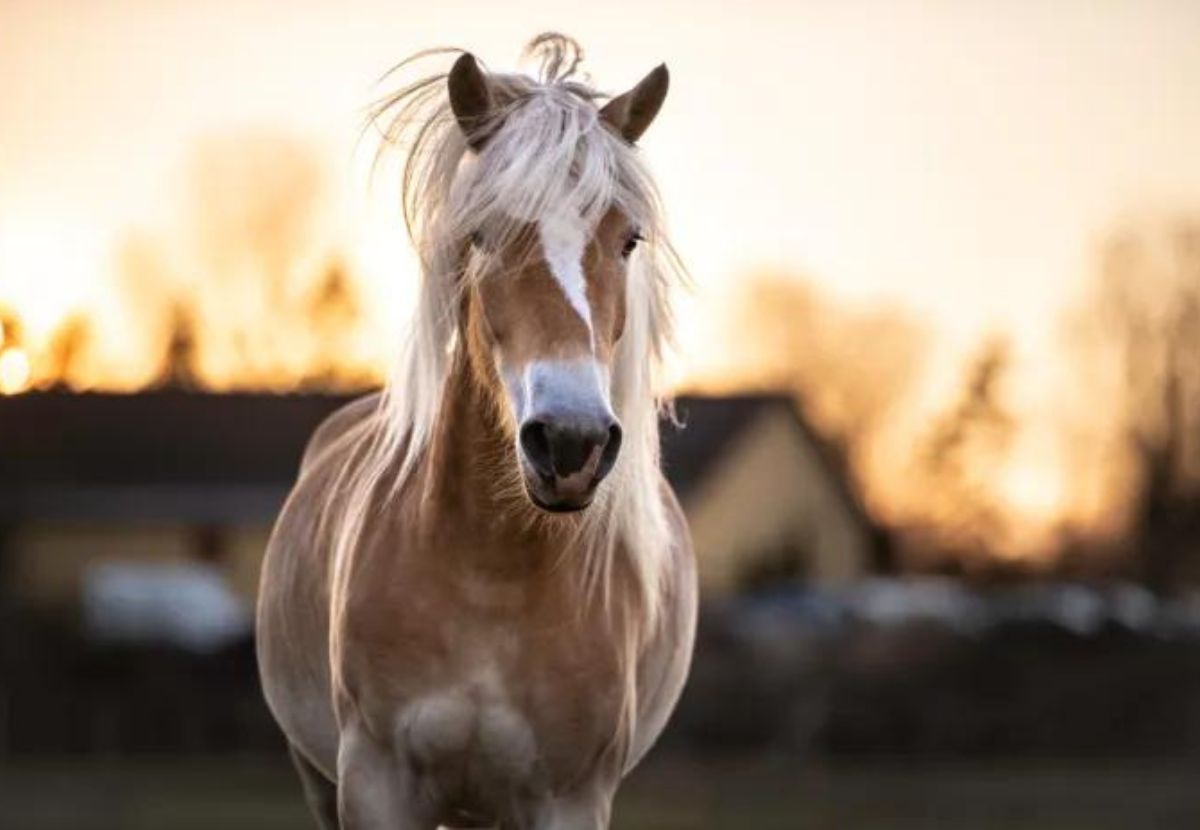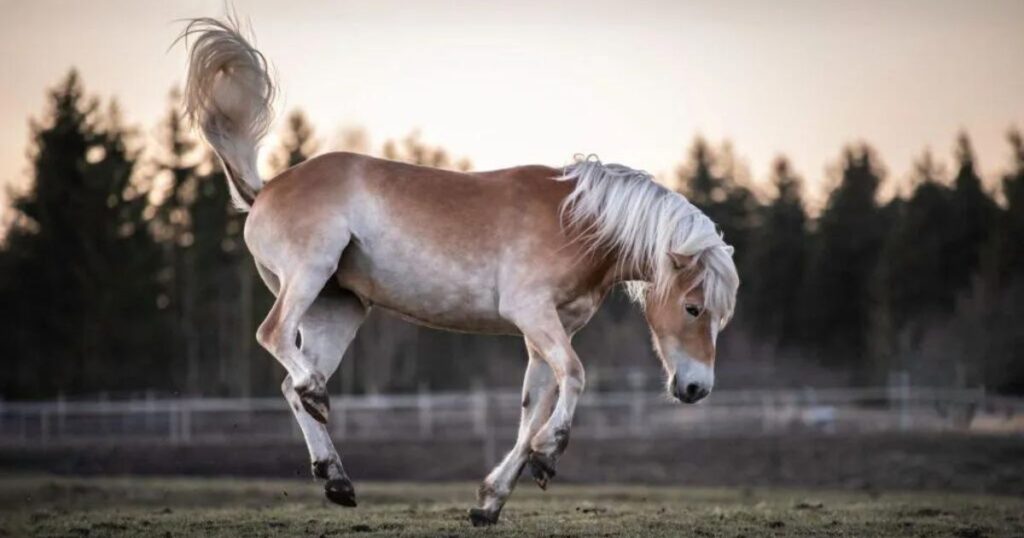Menu

When we train and interact with our horses, our behavior triggers different reactions in the form of neurotransmitters in the horse's brain. Knowledge of these is very important for understanding why horses react as they do. Here you can learn about the four most important neurotransmitters that come into play when horses interact and learn.
Read also: Craniosacral therapy (CST): a gentle yet extremely deep form of therapy
Read also: Is your horse getting enough sleep? Lack of deep sleep can be harmful

Read also: Why a forest trip is so good for the cooperation on the track for horse and rider
The big question is, how can you utilize your knowledge of the chemistry in the horse's brain to ensure the creation of a mix of neurotransmitters in the horse that provides the best foundation for well-balanced behavior. This creates a good collaboration with you and contributes to increasing the welfare of the horse. In short, an appropriate balance in the brain is dependent on a well-balanced diet, suitable training, and a healthy physique.
Read also: Expert: This muscle often causes horses problems with saddle and girth
Sources
Dr. Stephen Peters & Martin Black: Evidence-Based HorseManship
Janet Jones: Horse Brain, Human Brain: The Neuroscience of Horsemanship
Suzanne Rogers: Equine Behaviour in Mind – Applying Behavioural Science